Firebush (Hamelia Patens) Profile
Written by Iris
Jan 29 2023
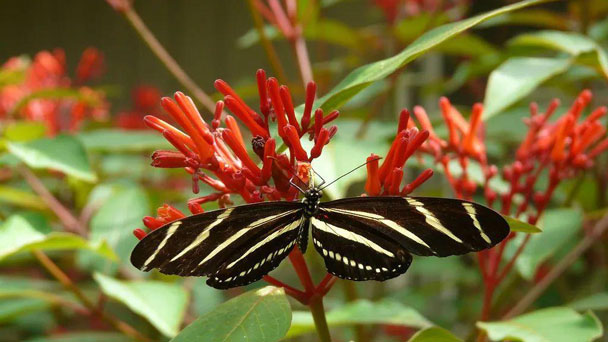
Firebush (Hamelia Patens) is a perennial shrub that also takes the form of small trees. Native to the tropics and subtropics, Firebush (Hamelia Patens) are best suited to the southern part of the country from the tip of Florida all the way to Southern California. Firebush (Hamelia Patens) is a hardy plant with high tolerance to drought, different soil types, and varying degrees of sun and partial shade. Under the right conditions, they typically grow to five to ten feet. The flowers, which are the plant's most distinctive feature, range in color from a deep scarlet to reddish orange.
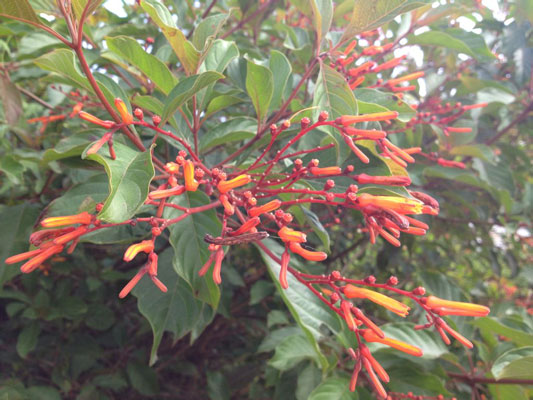
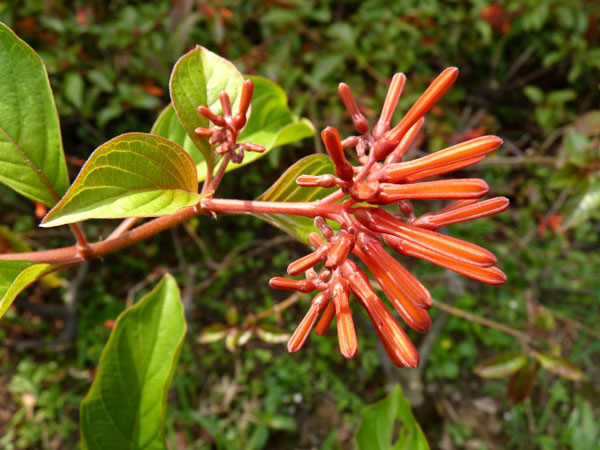
Moisten the peat in seedling trays and sow them.
Place the tray indoors, in an area getting full sunlight.
Germination being 3 weeks later.
Once the seedlings are big enough to handle, move them to tier permanent location and with good growing conditions, you will notice plenty of orange-red flowers soon enough.
Place under full sun and give plenty of water to keep the soil hydrated.
When the last frost of the season has passed, place the cutting in their permanent position outdoors.
Temperature and Humidity
It prefers an ideal temperature 15 degrees Fahrenheit. It can withstand very cold temperature up to -1 degree Celsius.
Read More: Firebush: Grow & Care for Hamelia Patens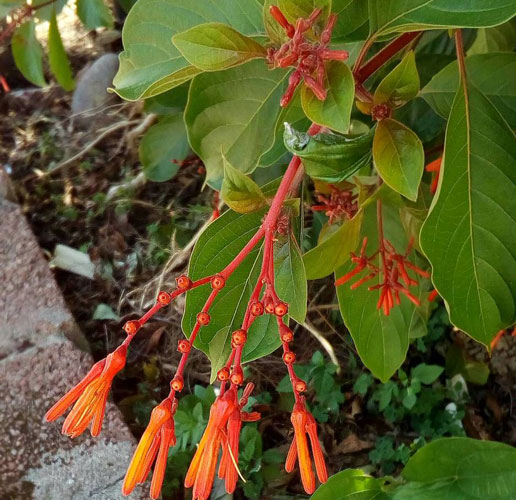
Since the flowers of these plants attract pollinators, they can be used in pollinator gardens designed to bring bees, butterflies, and birds like hummingbirds for pollination.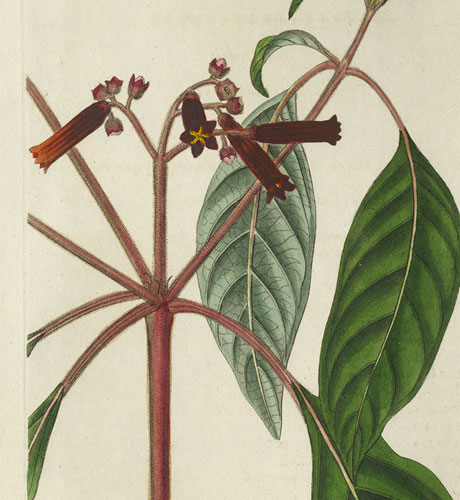
Some examples of landscaping use for the firebush plants include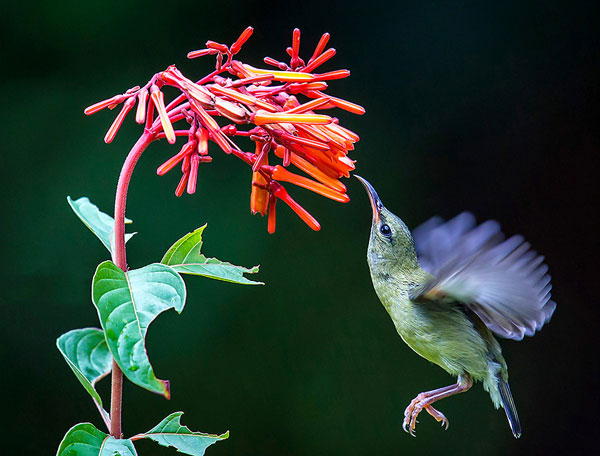
Firebush (Hamelia Patens) PictureFirebush (Hamelia Patens) InfoEcological habits of the Firebush (Hamelia Patens)Firebush (Hamelia Patens) Distribution AreaHow to Grow and Care for Firebush (Hamelia Patens)How to Propagate Firebush (Hamelia Patens)How to Care for Firebush (Hamelia Patens)Uses of Firebush (Hamelia Patens)Horticultural UsesHuman UsesWildlife UsesCommon Pests/DiseasesFirebush (Hamelia Patens) Design TipsFirebush (Hamelia Patens) Companion Plants
Firebush (Hamelia Patens) Picture

Firebush (Hamelia Patens) Info
| Botanical Name | Hamelia patens |
| Common Name | Firebush, scarlet bush |
| Plant Type | Herbaceous perennial |
| Mature Size | 3–15 ft. tall, 2–6 ft. wide |
| Sun Exposure | Full sun, partial shade |
| Soil Type | Well-drained |
| Soil pH | Neutral to acidic |
| Bloom Time | Summer, fall |
Ecological habits of the Firebush (Hamelia Patens)
Hardy and adaptable, Firebush (Hamelia Patens) grows in a wide array of soil types and pH ranges, including alkaline limestone soils, and is moderately fast growing when watered well and fertilized. It tolerates light salt spray if planted back from the beachfront and prefers full or filtered sun.Firebush (Hamelia Patens) Distribution Area
Firebush grows in deforested areas, in thickets with other brushy species, in forest openings, or in the understory of low basal-area forest stands. The species is found in moist and wet areas that receive from about 1600 to about 3000 mm of precipitation. Firebush prefers loamy or clayey soil. It grows on soils derived from volcanic and sedimentary parent materials and is most common in areas with limestone rocks (Wildland shrubs of the United States and its territories).- Also Read: Does Firebush Attract Hummingbirds

How to Grow and Care for Firebush (Hamelia Patens)
How to Propagate Firebush (Hamelia Patens)
Hamelia patens plant may be propagated with seeds and cuttings.- For seed:
Moisten the peat in seedling trays and sow them.
Place the tray indoors, in an area getting full sunlight.
Germination being 3 weeks later.
Once the seedlings are big enough to handle, move them to tier permanent location and with good growing conditions, you will notice plenty of orange-red flowers soon enough.
- For cuttings:
Place under full sun and give plenty of water to keep the soil hydrated.
When the last frost of the season has passed, place the cutting in their permanent position outdoors.
How to Care for Firebush (Hamelia Patens)
- Light
- Soil
- Water
Temperature and Humidity
It prefers an ideal temperature 15 degrees Fahrenheit. It can withstand very cold temperature up to -1 degree Celsius.
- Fertilizer
- Pruning
Read More: Firebush: Grow & Care for Hamelia Patens

Uses of Firebush (Hamelia Patens)
Horticultural Uses
Firebush makes a great foundation plant or can be used as a background to a border, or as a screen. These plants can even be grown as an informal hedge, and they also make a neat small specimen tree for the more hands-on gardener.Since the flowers of these plants attract pollinators, they can be used in pollinator gardens designed to bring bees, butterflies, and birds like hummingbirds for pollination.
Human Uses
These plants are known to have medicinal uses for treating many conditions such as pain, fever, insect bites, and burns. (2) The berries of this plant are edible raw but will taste better when made into jams and jellies.Wildlife Uses
Hummingbirds, butterflies, and moths are all attracted to the nectar-rich flowers of the firebush shrub. Fruit-eating birds like mockingbirds relish the tasty small fruits. These plants are generally deer resistant.Common Pests/Diseases
Occasional attacks of scales or mites may require control measures. New growth may be attacked by aphids in early spring, but natural predators often rapidly check the invasion. In south Florida, larvae of a moth species sometimes partially defoliates the stems, but they are easily controlled if you wish.
Firebush (Hamelia Patens) Design Tips
To say that the hamelia firebush is an all-round plant that is a delight to have in your garden is an understatement. We feel that we can’t give this wondrous plant its fair dues. And so far we have been talking about the splendid flowers and juicy berries. But, the truth is, this is first and foremost a landscaping plant. Those red stalks and equally scarlet leaves stand out in your garden like a fiery bush.Some examples of landscaping use for the firebush plants include
- A magnet for a butterfly garden. The monarch butterflies will travel for miles in search of their favorite firebush flowers.
- As a backdrop. The bright flowers and flashy leaves of the firebush serve as the ideal backdrop for low plants.
- Around a hedge to give it an informal and less austere feeling.
- A focal point in your yard. You couldn't find a better alternative for a stand-alone plant that offers all the delights of trees and flowering plants at the same time.
- To accentuate a walkway, pool, patio, deck, or lanai. Since it requires less maintenance and care, you won't have to worry about pruning or deadheading it.
- Add some color to a fence or a drab wall and transform your landscape with unlimited designs and floral creations.

Firebush (Hamelia Patens) Companion Plants
Coontie (Zamia); Canna Lily (Canna); Lantana (Lantana); Plumbago (Plumbago); Trumpet Creeper (Campsis); Grevillea (Grevillea), Acacia (Acacia)
Latest Updated
- Benefits of Bugleweed - 7 Science-backed Health Benefits
- Bugleweed Dangers & Side Effects - Is It Poisonous?
- How to Plant Evergreen Trees - What You Should Know
- When to Plant Evergreens - Grow Guide for Evergreen Trees
- 12 Wonderful Evergreen Shrubs for Your Garden
- 12 Popular Evergreen Plants with Pictures for Beginners
- When And How To Prune A Lilac Bush Like a Pro
- How to Grow & Care for Lilac Vine (Hardenbergia Violacea)
- Japanese Lilac Tree (Syringa Reticulata) Care & Propagation Guide
- Shumard Oak Pros and Cons - What to Know
Popular Articles
- Winter maintenance of Antirrhinum Majus
- How to Grow Terminalia Mantaly Tree
- How to Grow and Care for Crossostephium Chinense
- How to grow Antirrhinum Majus in spring
- Peristeria Elata (Dove Orchid) Profile: Info & Care Guide
- Underwatered Snake Plant (Sansevieria Trifasciata) - Signs And How To Fix
- How to Care for Brazilian Jasmine Plant (Mandevilla Sanderi)
- How to Grow & Care for Graptopetalum Purple Delight in Summer
- Rosa Chinensis (China Rose): Plant Growing & Care Tips
- How to Care for Baby Sun Rose (Aptenia Cordifolia)